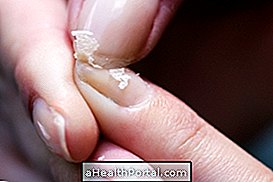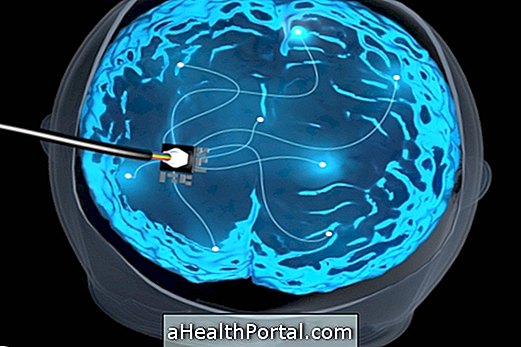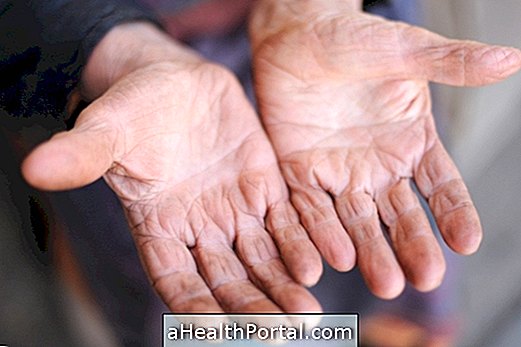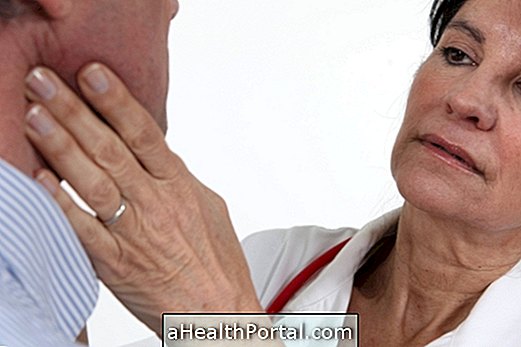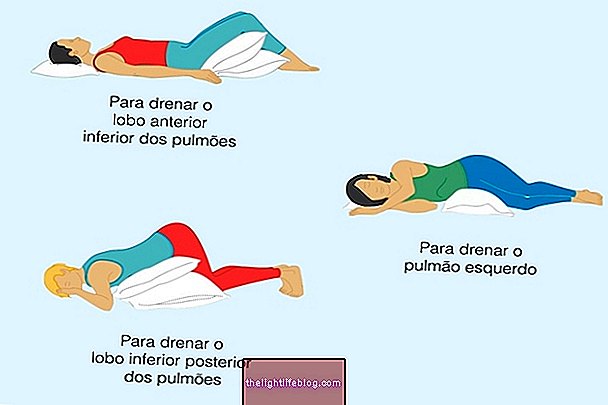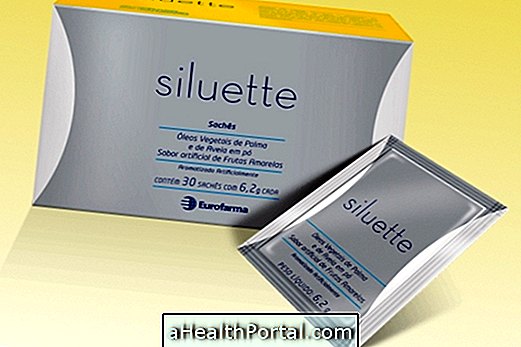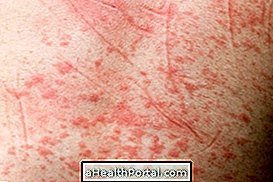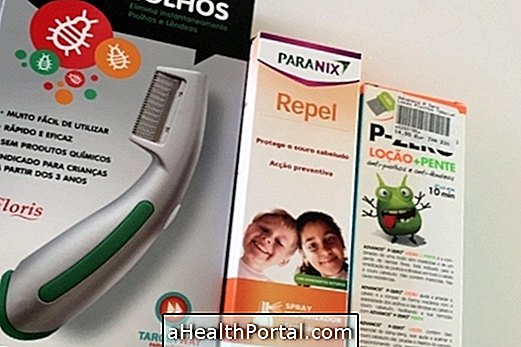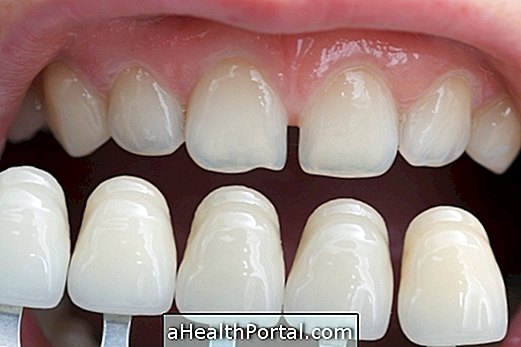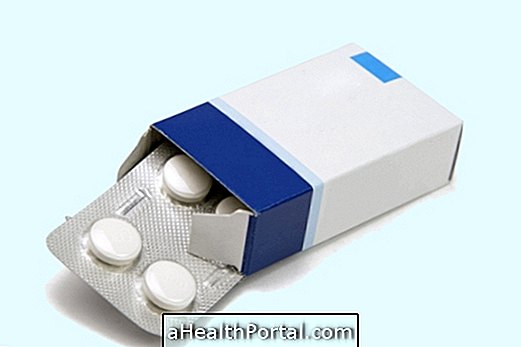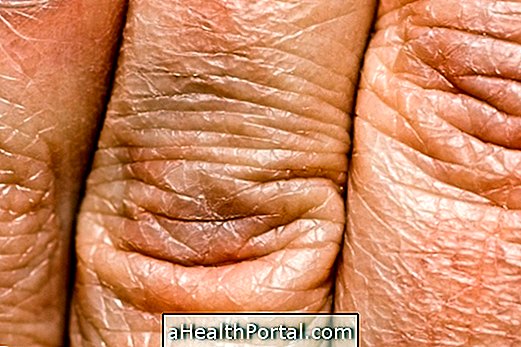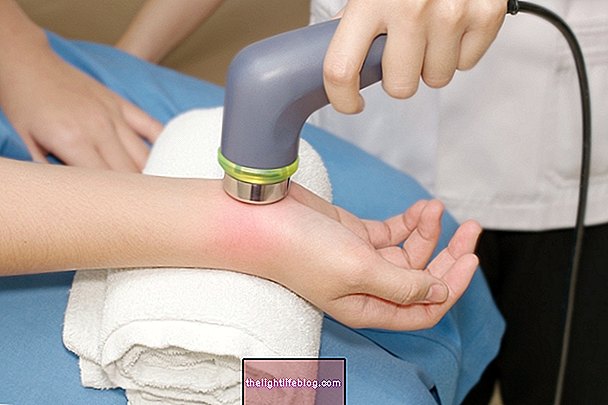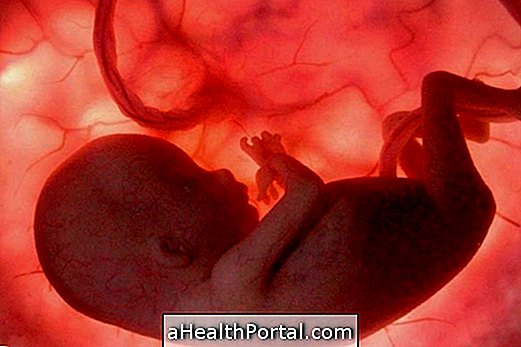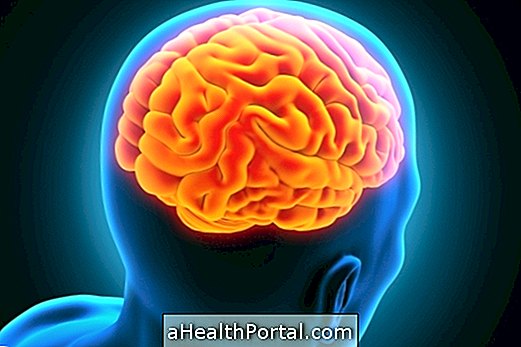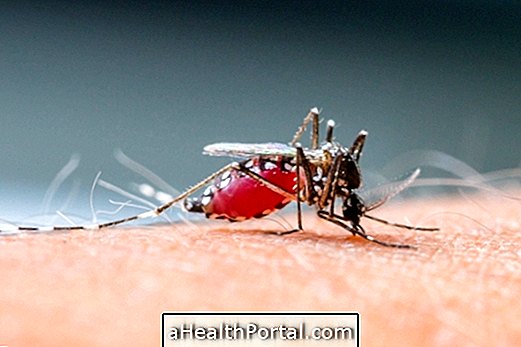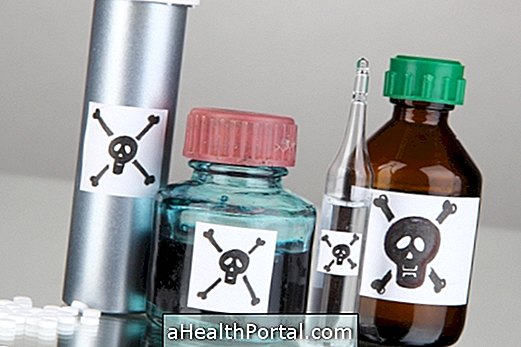Legg-Calvé-Perthes disease, also called Perthes disease, is a childhood condition that usually occurs between the ages of 4 and 10 and affects the hip region where the bones attach to the head of the leg bone, known as the femur.
In this disease, the head of the femur does not receive the necessary amount of blood and, therefore, the bone begins to die, causing a constant pain in the place and increasing the risk of fractures, even when a blow has not been struck.
Legg-Calvé-Perthes disease has a cure because, usually, the bone heals itself over time. However, if your child is over 6 years old, it may be advisable to have surgery to correct possible bone fractures and relieve discomfort.
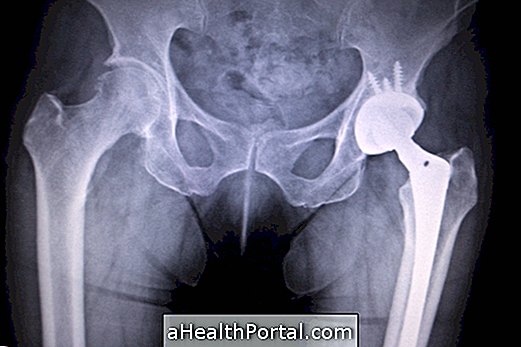
Main symptoms
The most characteristic symptoms of Legg-Calvé-Perthes disease are:
- Licking often;
- Constant pain in the hip;
- Difficulty in moving the leg;
- Limited range of motion with the leg.
In most cases, these symptoms only affect one leg and one side of the hip, but there are some children where the disease can manifest on both sides and therefore symptoms may appear in both legs.
In these cases, it is important to immediately consult your pediatrician to have an x-ray and identify the problem, initiating treatment quickly to avoid discomfort of the child and ensure that the growth of bones happens unchanged.
How to confirm the diagnosis
In addition to assessing the child's symptoms and history, the pediatrician can also put the child in various positions to try to understand when the pain is most intense and thus identify the cause of hip pain.
However, some diagnostic tests may also be necessary to confirm the diagnosis of Legg-Calvé-Perthes disease, such as X-ray or MRI. In some cases, the results of these tests may be normal, as lesions caused by the disease can take up to 2 months to appear, even when there is already pain in the hip or difficulty moving the leg.
How is the treatment done?
Treatment for Legg-Calvé-Perthes disease is usually only necessary when a fracture of the head of the femur occurs and in this case the form of treatment varies according to the age of the child:
Less than 6 years
Before age 6, bones are in a phase of rapid growth and development and, therefore, lesions caused by the disease are usually repaired naturally by the body. In these children, your pediatrician usually recommends:
- Physical therapy : Exercise sessions are done to improve the lack of movement in the leg, relieve pain and help the muscles lengthen correctly;
- Using crutches : Can be used for a few months to help the child move more easily and with less pain until the bone is completely repaired;
- Rest in bed with plaster: This technique is used in cases of more intense pain, to keep the joint properly aligned. To do this, the doctor makes a cast of plaster that keeps both legs in the same position and that should be used between 4 to 6 weeks to facilitate the repair of the bone.
During these types of treatment, it is important to have regular visits to the pediatrician to see if the bone is healing properly or if there is any worsening, and it is necessary to re-evaluate the form of treatment.
More than 6 years
Usually, after 6 or 7 years the bones are already quite developed and with their almost final shape. In these cases, your pediatrician usually recommends having surgery to realign the joint or removing any excess bone that may exist in the femoral head due to the scars left by the fractures, for example.
In addition, in more severe cases, it may be necessary to replace the hip joint with a prosthesis, in order to get rid of the problem and allow the child to develop properly and have a good quality of life.
